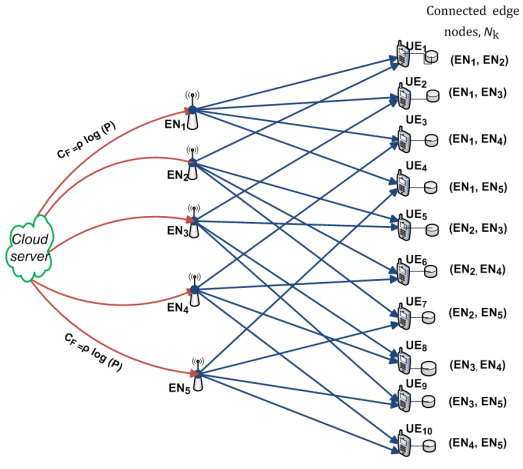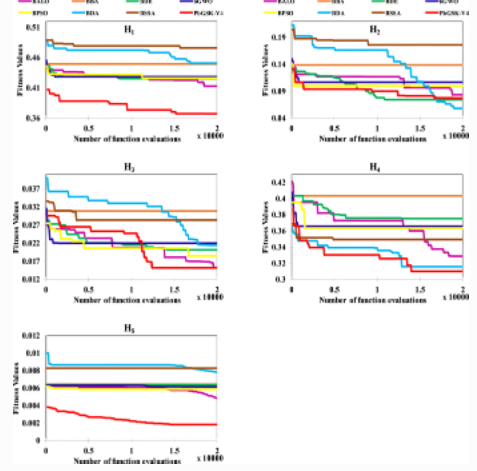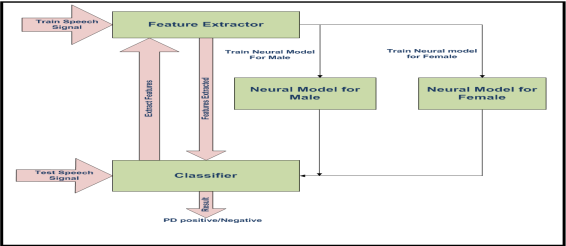
Cache-Aided Combination Networks with Interference
Centralized coded caching and delivery is studied for a radio access combination network (RACN), whereby a set of H edge nodes (ENs), connected to a cloud server via orthogonal fronthaul links with limited capacity, serve a total of K user equipments (UEs) over wireless links. The cloud server is assumed to hold a library of N files, each of size F bits; and each user, equipped with a cache of size μ R N F bits, is connected to a distinct set of r ENs each of which equipped with a cache of size μTNF bits, where μT , μ R in [{0,1}] are the fractional cache capacities of the UEs and the ENs, respectively. The objective is to minimize the normalized delivery time (NDT), which refers to the worst case delivery latency when each user requests a single distinct file from the library. Three coded caching and transmission schemes are considered, namely the MDS-IA, soft-transfer and zero-forcing (ZF) schemes. MDS-IA utilizes maximum distance separable (MDS) codes in the placement phase and real interference alignment (IA) in the delivery phase. The achievable NDT for this scheme is presented for r=2 and arbitrary fractional cache sizes μ T and μ R , and also for arbitrary value of r and fractional cache size μT when the cache capacity of the UE is above a certain threshold. The soft-transfer scheme utilizes soft-transfer of coded symbols to ENs that implement ZF over the edge links. The achievable NDT for this scheme is presented for arbitrary r and arbitrary fractional cache sizes μT and μ R. The last scheme utilizes ZF between the ENs and the UEs without the participation of the cloud server in the delivery phase. The achievable NDT for this scheme is presented for an arbitrary value of r when the total cache size at a pair of UE and EN is sufficient to store the whole library, i.e., μT+μR\geq 1. The results indicate that the fronthaul capacity determines which scheme achieves a better performance in terms of the NDT, and the soft-transfer scheme becomes favorable as the fronthaul capacity increases. © 2002-2012 IEEE.


